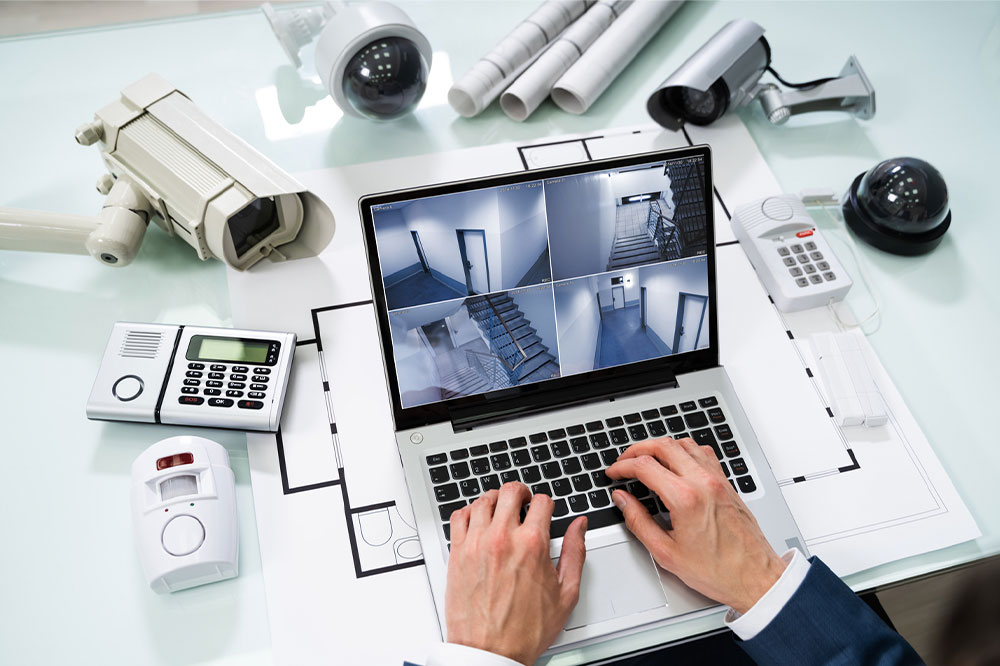
Automation control system – Types and components
Automation control devices play an important role in a machine automation system. They give industrial processes efficiency, security, and precision and may make production more innovative, affordable, and quicker. They will also reduce time and enhance the accuracy of various industrial activities, resulting in fewer and less costly inefficiencies. This article will lead you through the main types of automation control devices and how they work together to ensure the production line operates smoothly.
What is an automation control system?
The use of technology to automate and control numerous processes in industries, factories, and other applications is called an automation control system. This can involve using sensors, software, and other tools to monitor and regulate systems to enhance effectiveness and production.
Types of automation control devices
Here is a list of types of automation control devices:
PLCs (Programmable Logic Controllers)
PLCs are the most widely utilized automation control component in industrial automation. They provide a highly adaptable system that can quickly and easily manage changes in the process. They are modular, simple to set up, networkable, and programmable through specific operating software.
Motion control systems
Motion control systems are used in factories or other automated operations to govern the movement of machines and manufacturing lines. They exist in various shapes and sizes, and some are quite complicated, requiring many control subsystems like positioning systems, servo controllers, brakes, etc.
Human Machine Interfaces (HMI)
HMI is a graphical user interface for the automation process that allows operators to monitor and alter process parameters using a touch screen or keyboard input devices; however, speech recognition is now available.
Data Acquisition Systems (DAQ)
DAQ includes monitoring, interlocking/remote I/O modules, analog components, and digital input ports to boost efficiency.
Automated Guided Vehicle System (AGV)
AGVs are robots programmed with specific jobs. AGVs reduce labor costs and free up human resources for other tasks.
Industrial Network Protocol
The Industrial Network Protocol allows data from control components like PLCs to go from one hardware device to another, such as a CNC machine. Hence, if you didn’t have an industrial network protocol, you couldn’t communicate data between hardware devices, making any operation impossible.
Components of automation control system
The automation system of a machine is essentially composed of power and control components. They may be located on a single panel for a smaller machine, but bigger machines may require multiple panels, frequently one for control and another for power. The components of a machine automation system include:
Power distribution
Motor control and drives
Safety system
Programmable controllers
Discrete and analog I/O
Communication systems
Human-machine interface (HMI)
How do components of a machine automation system help?
Machine automation systems require various components to function. Automation control components like sensors, actuators, controllers, networked devices, and monitoring systems work in sync to streamline processes.
Sensors detect environmental changes such as temperature or pressure, whereas actuators respond to input signals by providing output such as movement or the execution of a specific function. The inputs from these sensors are processed by controllers, who then provide orders to the actuators on how to react.
Networked devices enable communication across all automation components, including PLCs and other hardware and software, to form a cohesive system. Lastly, monitoring systems track all system functioning elements, producing data that may be utilized for maintenance, troubleshooting, or control.
What is industrial automation?
The use of technology such as computer software and robots to operate machines and processes that substitute humans in completing specified activities is known as industrial automation. Manufacturing, quality control, and material handling procedures are the primary focus of the functions.
These systems may autonomously run industrial equipment and often incorporate feedback loops and sensory algorithms that can automatically modify operating parameters to achieve intended results using real-time information.
Types of industrial automation
Automation systems are classified into four main types:
Fixed automation
Fixed automation is a manufacturing facility where the equipment setup determines the processing order. This type of automation requires a large initial investment and high output rates, making it suitable for high-volume goods.
Programmable automation
Programmable automation is batch manufacturing automation that allows product turnover rather than product specialization, resulting in lower production rates than fixed automation. The manufacturing equipment must be reprogrammed and switched out for each new batch to accommodate the changing product style.
Flexible automation
Flexible automation, on the other hand, is an innovation over programmable automation. It reduces the time needed to reprogram and change over manufacturing equipment, allowing for a variety of products to be manufactured.
Integrated automation
Integrated automation systems completely automate industrial processes with minimal to no human involvement. Computers can be used to design components, test completed designs, and manufacture new components. Both batch-process production and continuous manufacturing can benefit from integrated automation.




